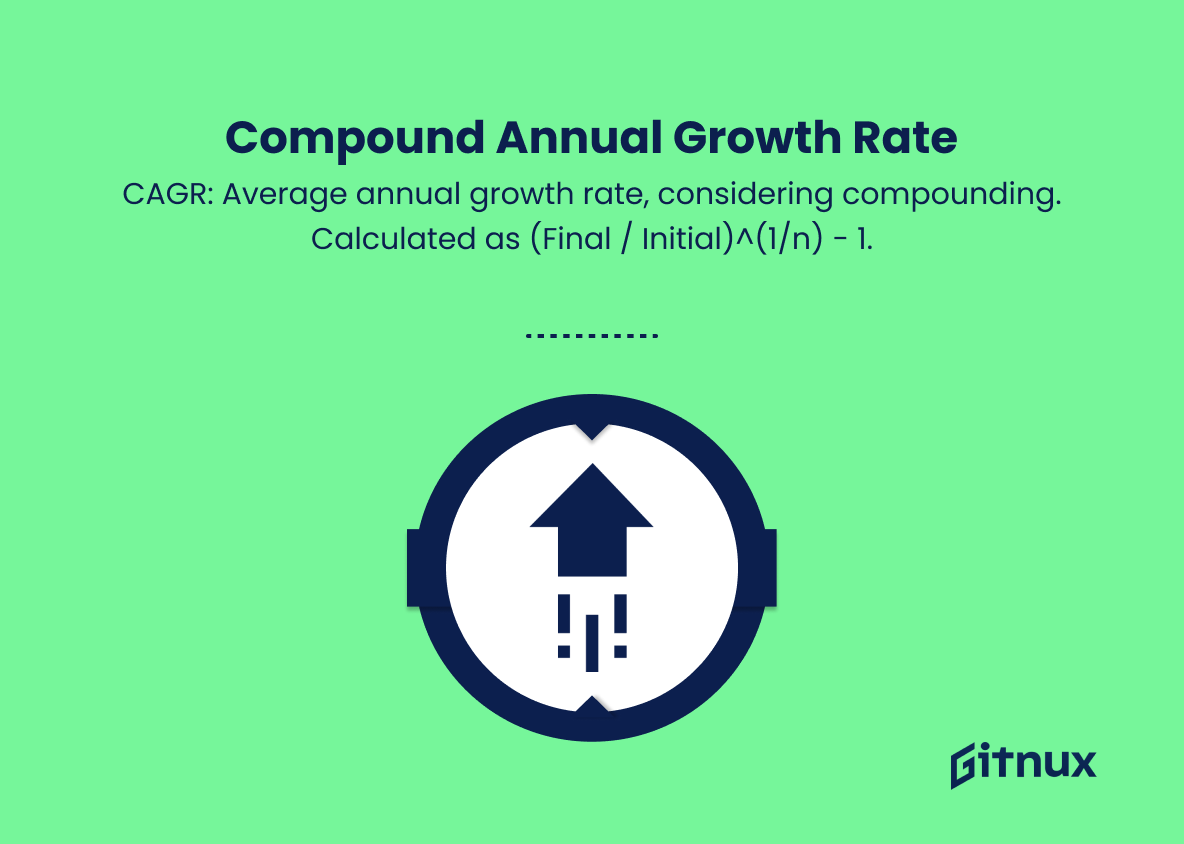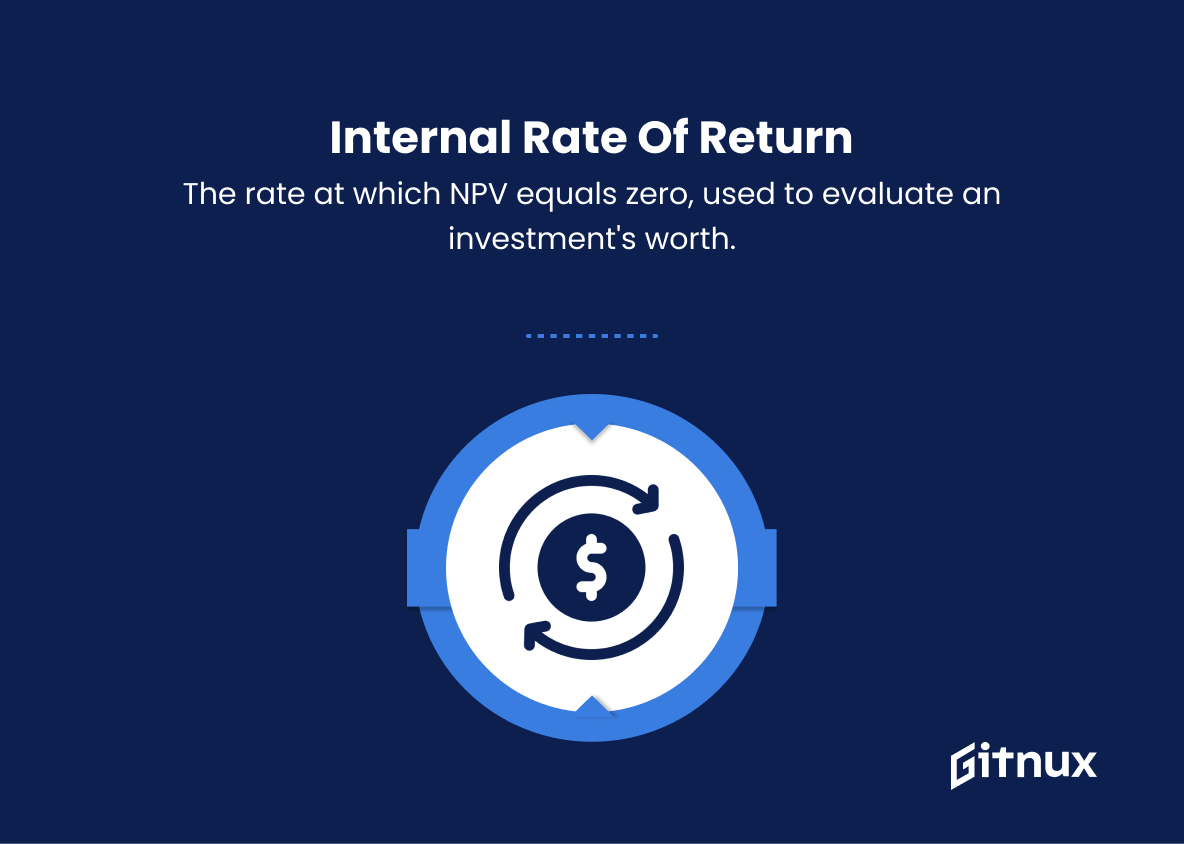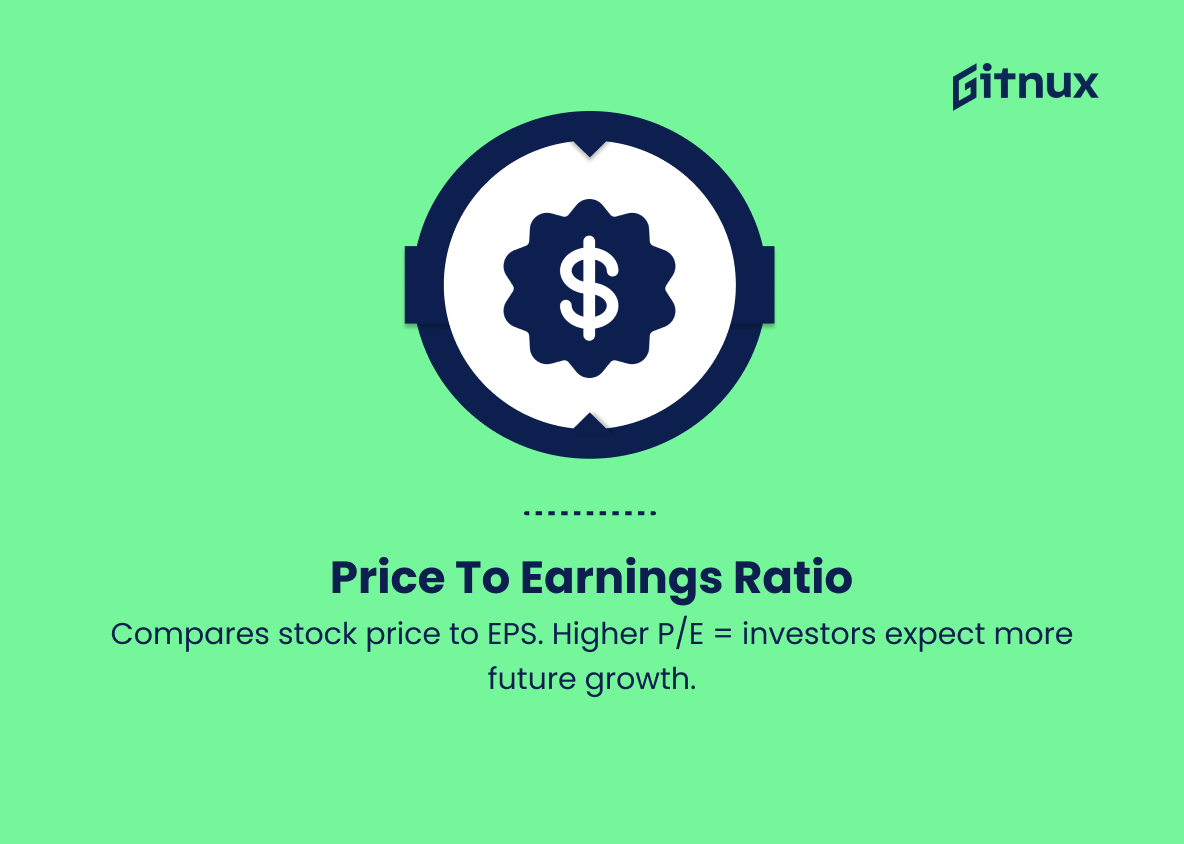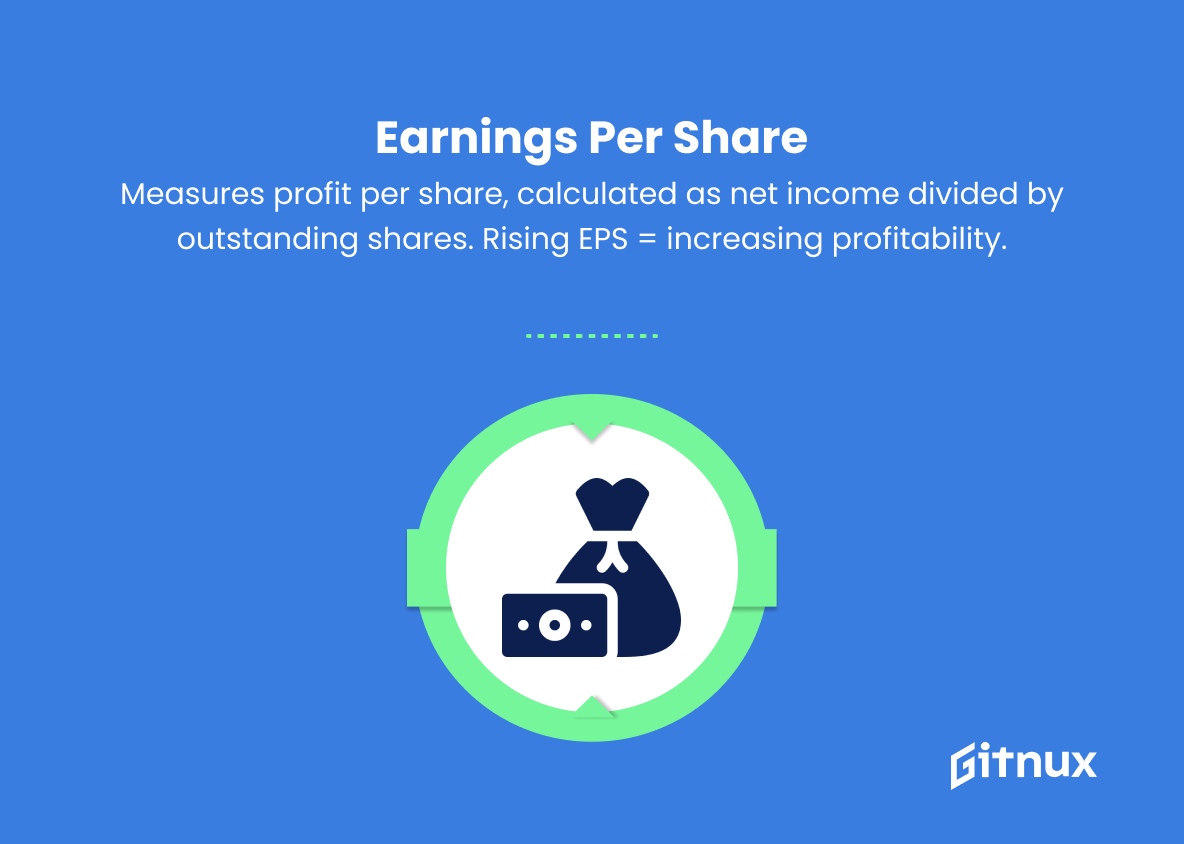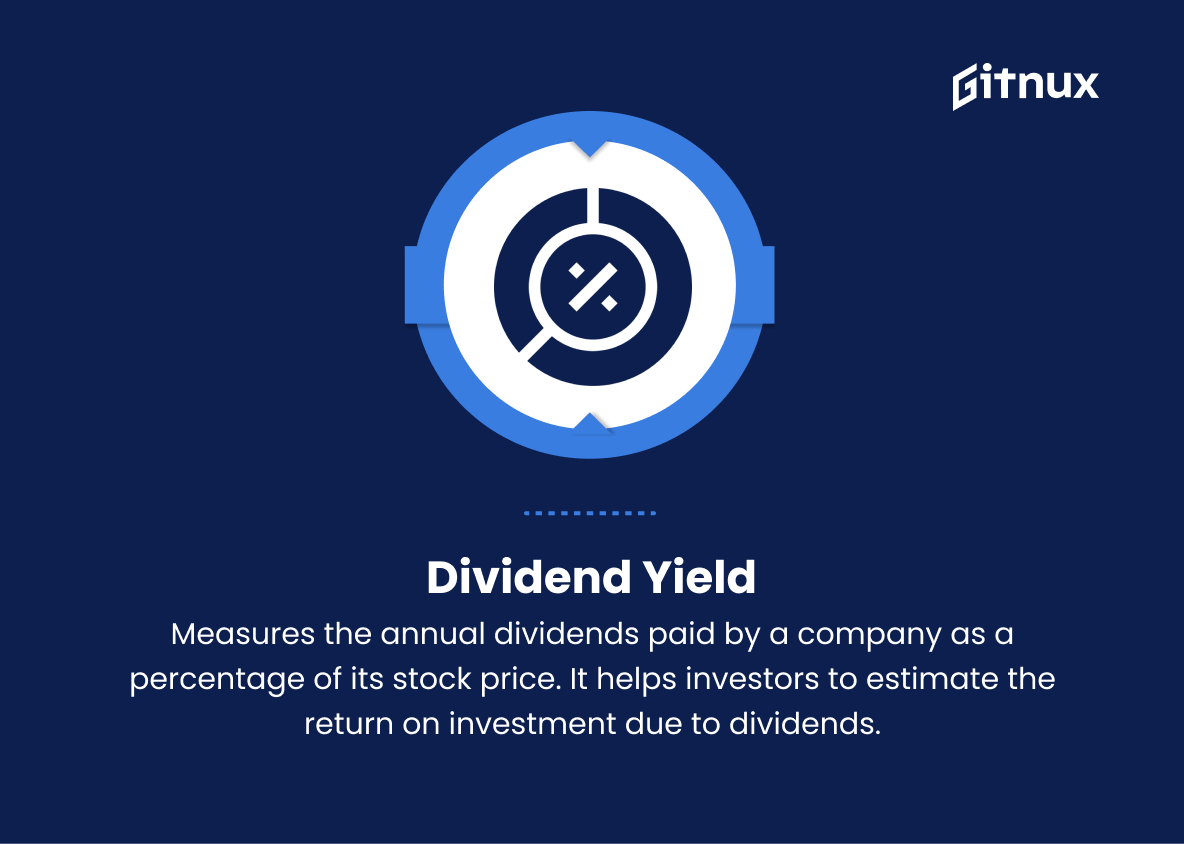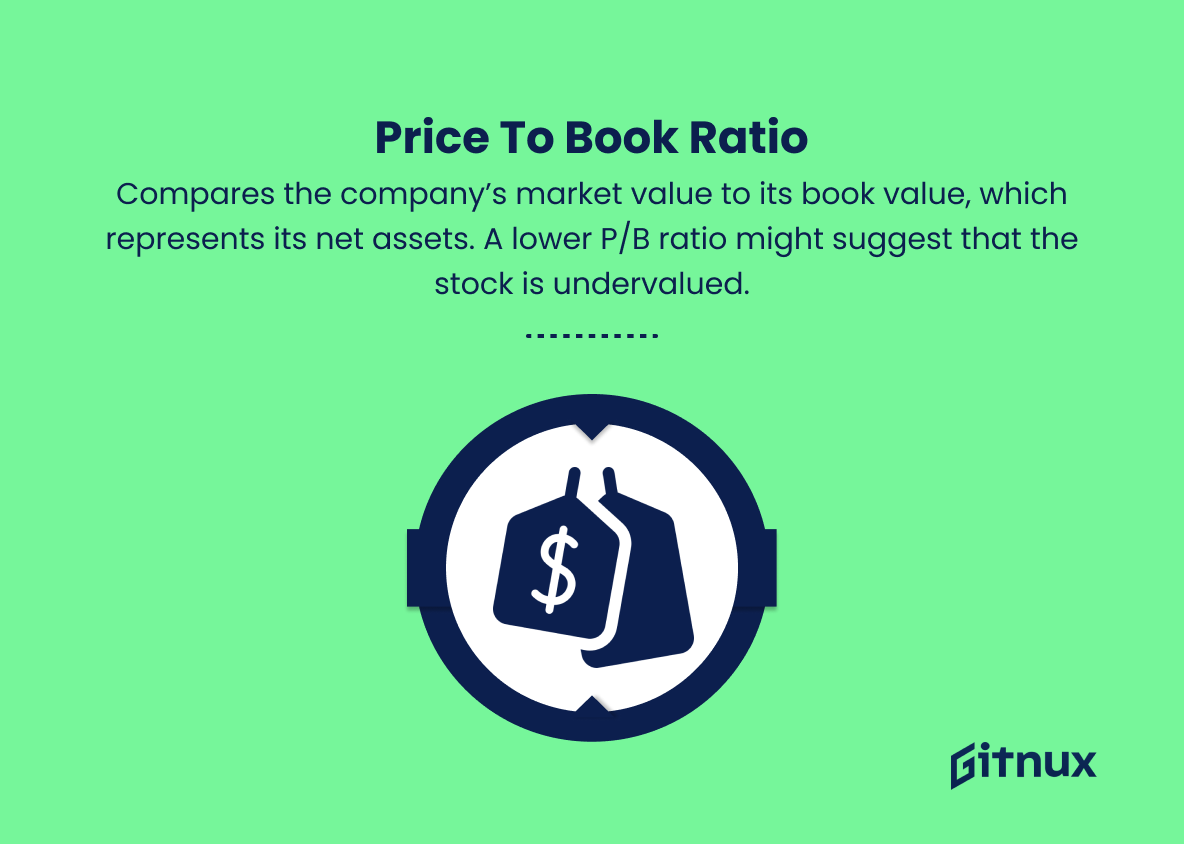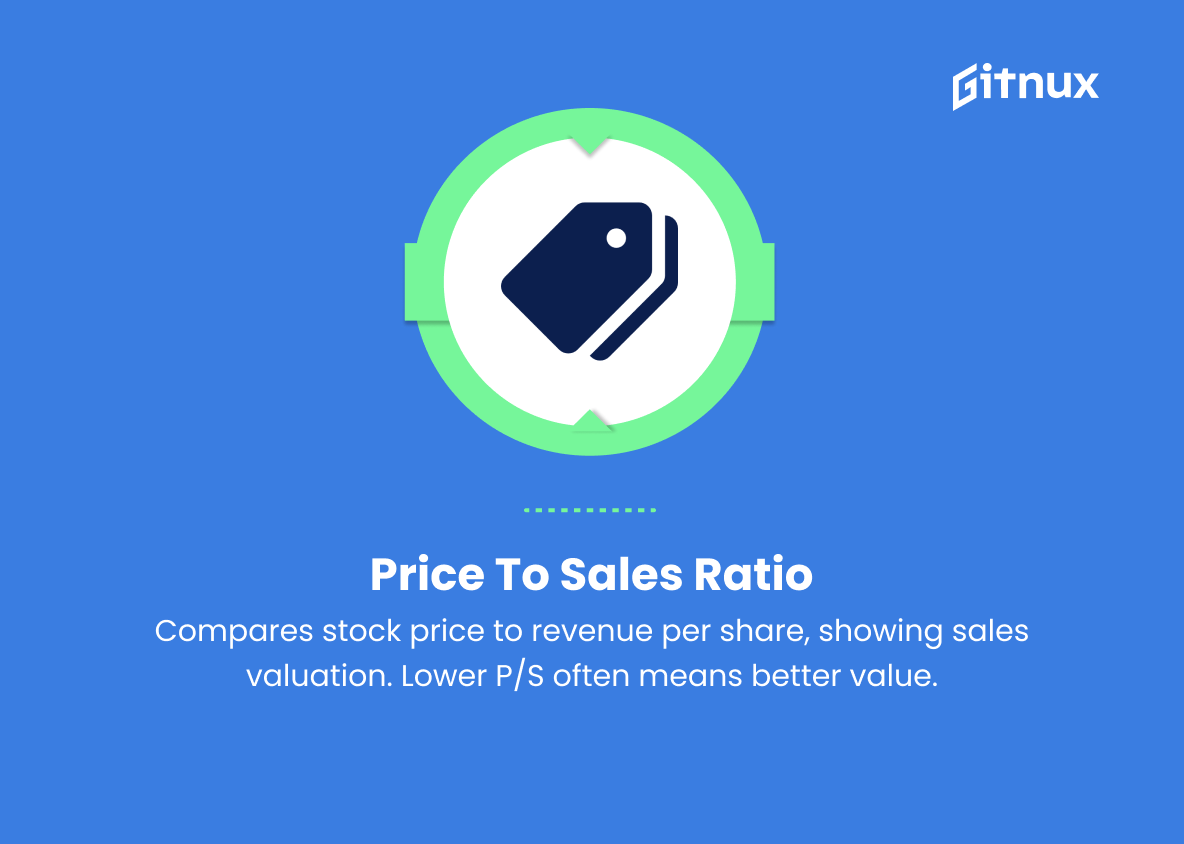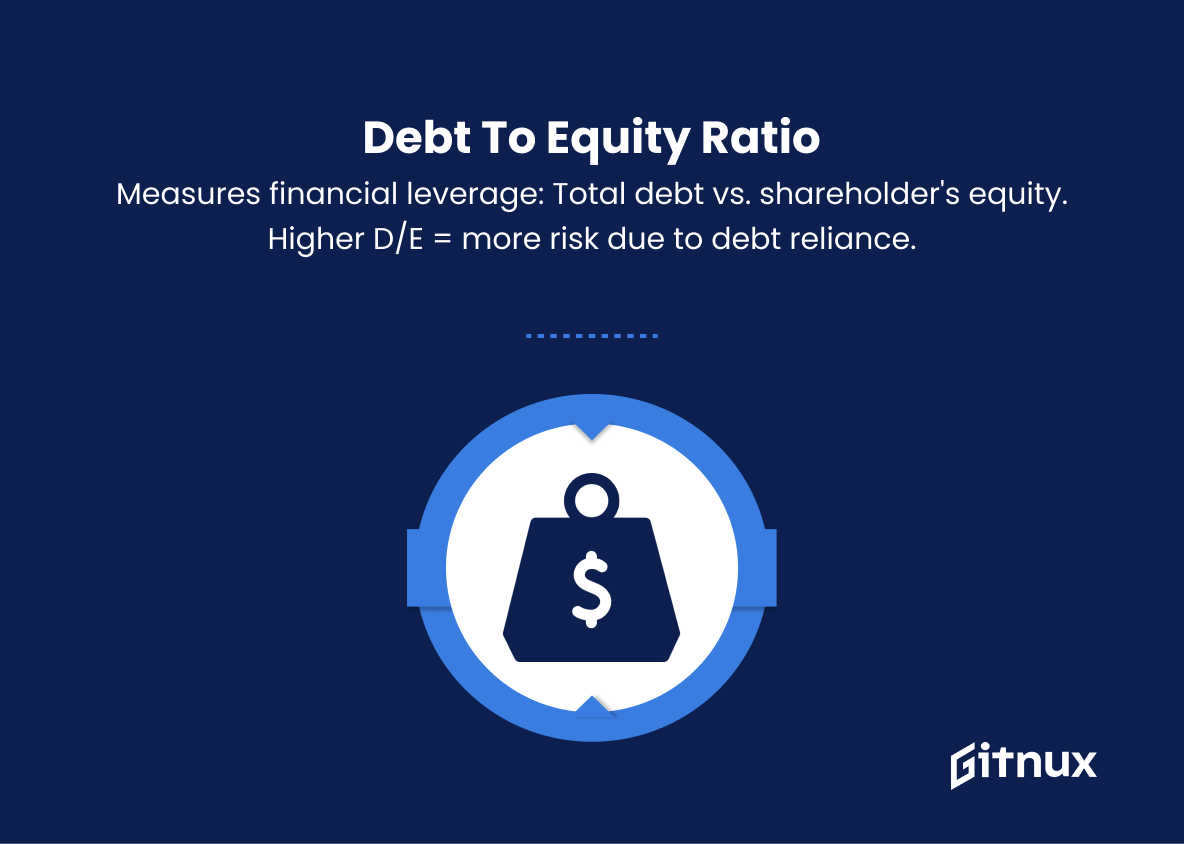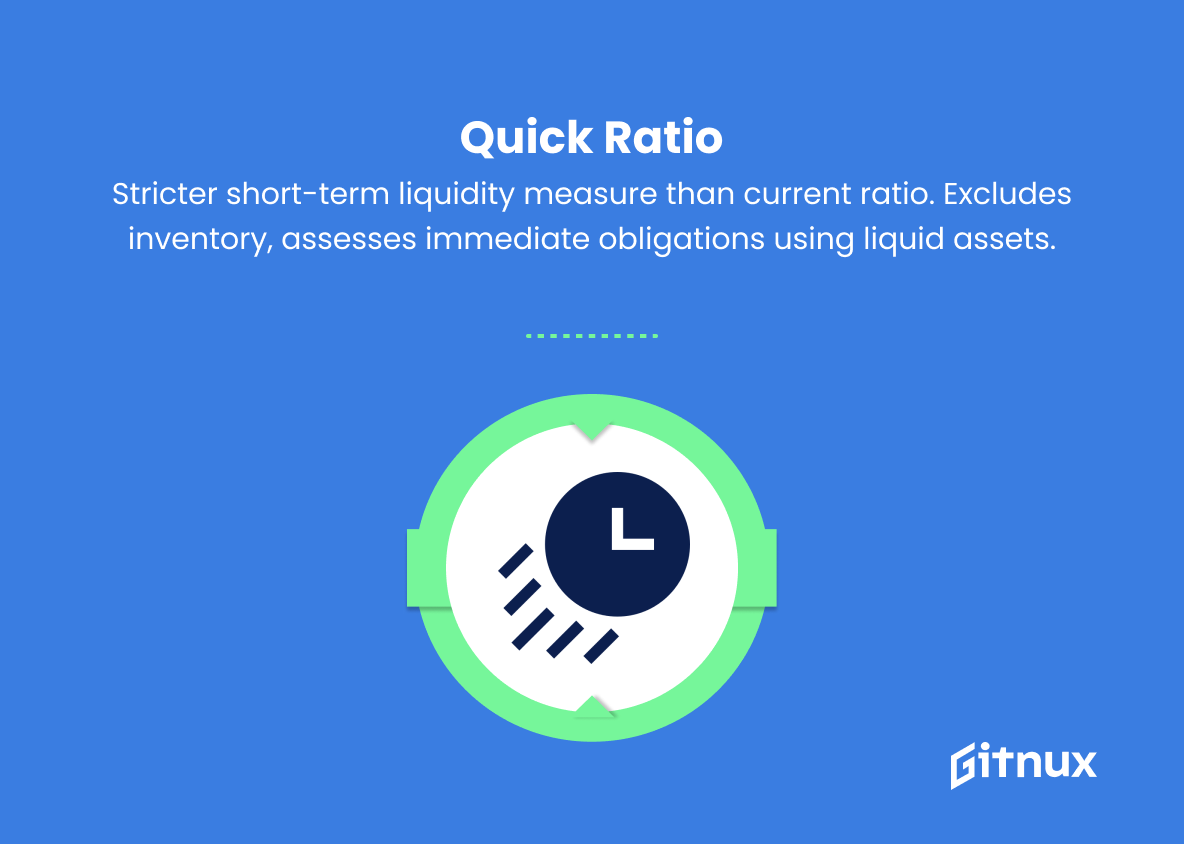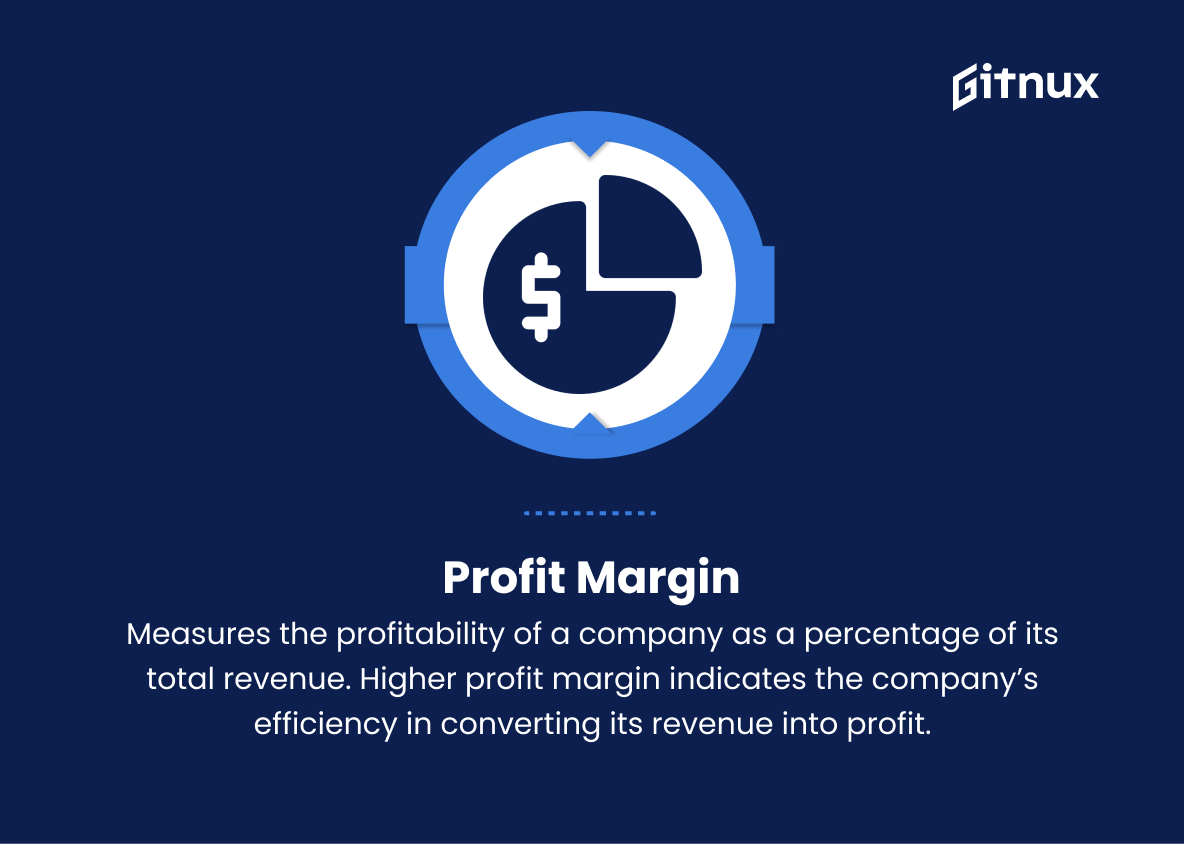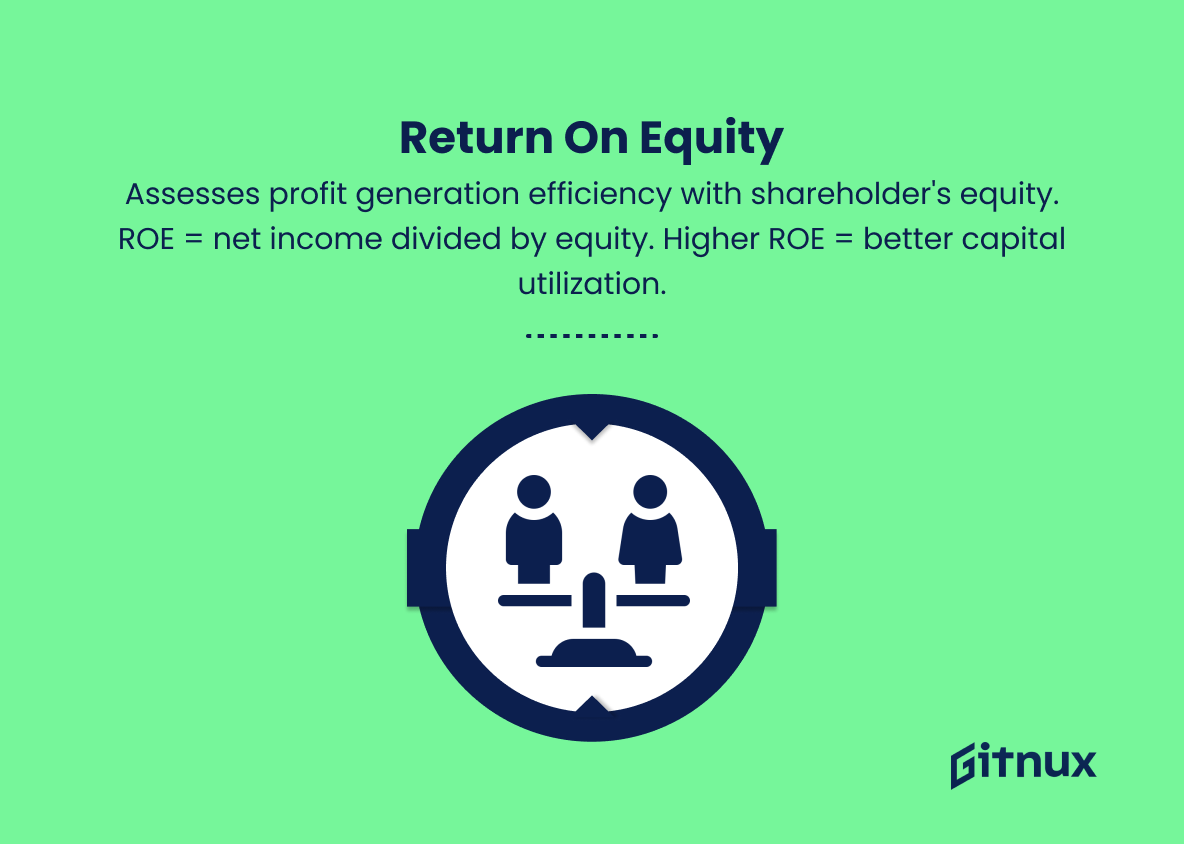In the complex world of financial investments, it is crucial for investors to have a keen understanding of the performance metrics that drive success. Investment Metrics, often regarded as the backbone of an informed and effective strategy, equip individuals with the tools and knowledge to navigate this intricate landscape.
In this immersive blog post, we will delve into the critical elements of these metrics, unraveling their significance and providing valuable insights into how they can be utilized to help you make informed decisions in the ever-evolving investment universe. So, fasten your seatbelts and buckle up as we embark on this journey to demystify the essentials of Investment Metrics and supercharge your financial future.
Investment Metrics You Should Know
1. Return on Investment (ROI)
Measures the profitability of an investment as a percentage of the initial capital invested. It is calculated by dividing the net profit of an investment by the initial cost.
2. Compound Annual Growth Rate (CAGR)
Indicates the average annual growth rate of an investment over a specific period, taking into account compounding. CAGR is calculated by dividing the final value of investment by its initial value, raising it to 1/n, where n is the number of years, and subtracting 1.
3. Net Present Value (NPV)
Discounts all the future cash flows of an investment to the present value and compares it to the initial capital invested. It helps to determine if an investment is expected to generate more value than its cost.
4. Internal Rate of Return (IRR)
The discount rate which makes NPV equal to zero. IRR is an important metric used to evaluate the projected rate of return on an investment, determining whether an investment is worth pursuing.
5. Price to Earnings Ratio (P/E Ratio)
Compares the current market price of a stock to its earnings per share (EPS). A higher P/E ratio indicates that investors are willing to pay more for each unit of earnings, reflecting their expectations of future growth.
6. Earnings Per Share (EPS)
Measures the portion of a company’s profit allocated to each outstanding share. It is calculated by dividing the net income by the outstanding shares. A rising EPS indicates the company’s profitability is increasing.
7. Dividend Yield
Measures the annual dividends paid by a company as a percentage of its stock price. It helps investors to estimate the return on investment due to dividends.
8. Price to Book Ratio (P/B Ratio)
Compares the company’s market value to its book value, which represents its net assets. A lower P/B ratio might suggest that the stock is undervalued.
9. Price to Sales Ratio (P/S Ratio)
Compares a company’s stock price to its revenue per share, indicating the valuation placed on each dollar of a company’s sales. Lower P/S ratios usually suggest a more attractive valuation.
10. Debt to Equity Ratio (D/E Ratio)
Measures a company’s financial leverage by comparing its total debt to shareholder’s equity. A higher D/E ratio indicates higher risk since it reflects the company’s reliance on debt financing.
11. Current Ratio
Compares a company’s current assets to its current liabilities, indicating its ability to meet short-term financial obligations. A current ratio greater than 1 signifies that the company has enough assets to cover its liabilities.
12. Quick Ratio (Acid-Test Ratio)
A more stringent measure of a company’s short-term liquidity than the current ratio. It excludes inventory from current assets and evaluates a company’s ability to meet its immediate financial obligations using its most liquid assets.
13. Profit Margin
Measures the profitability of a company as a percentage of its total revenue. Higher profit margin indicates the company’s efficiency in converting its revenue into profit.
14. Return on Equity (ROE)
Evaluates the efficiency at which a company generates profits using its shareholders’ equity. It is calculated by dividing the net income by shareholder’s equity. A higher ROE implies better utilization of invested capital.
15. Return on Assets (ROA)
Measures how effectively a company uses its assets to generate profit. It is calculated by dividing net income by total assets. A higher ROA indicates better asset utilization and profitability.
Investment Metrics Explained
Investment metrics matter because they help investors evaluate the performance, risk, and potential growth of their investments. Return on Investment (ROI) offers a simple way to understand the profitability of an investment by comparing the net profit to the initial cost. Compound Annual Growth Rate (CAGR) shows the average annual growth over a specific period, capturing the effects of compounding. Net Present Value (NPV) and Internal Rate of Return (IRR) allow investors to assess the expected value and rate of return of an investment, helping them make informed decisions.
Valuation metrics, such as the Price-to-Earnings Ratio (P/E Ratio), Earnings Per Share (EPS), Dividend Yield, Price-to-Book Ratio (P/B Ratio), and Price-to-Sales Ratio (P/S Ratio), help investors gauge the attractiveness of a company’s stock price based on its earnings, dividends, book value, and sales. These ratios can indicate the market’s future growth expectations and whether a stock is potentially undervalued or overvalued.
Furthermore, financial health and risk management metrics, such as Debt-to-Equity Ratio (D/E Ratio), Current Ratio, Quick Ratio (Acid-Test Ratio), Profit Margin, Return on Equity (ROE), and Return on Assets (ROA), help investors assess a company’s financial stability and efficiency in generating profits. These metrics provide insights into a company’s liquidity, reliance on debt financing, and overall asset utilization, enabling investors to make informed investment decisions and potentially enhance their portfolio’s performance.
Conclusion
In conclusion, understanding and mastering the various investment metrics is crucial for any serious investor, regardless of their level of expertise. By continually analyzing these key performance indicators, investors can make well-informed decisions, minimize risk, and maximize returns on their investments.
The successful implementation of these essential metrics – such as ROI, IRR, NPV, and Sharpe ratio – requires a combination of diligent research, expert guidance, and ongoing market education. Ultimately, investment success in the financial market can undoubtedly be attributed to one’s strategic use of these invaluable investment metrics.

